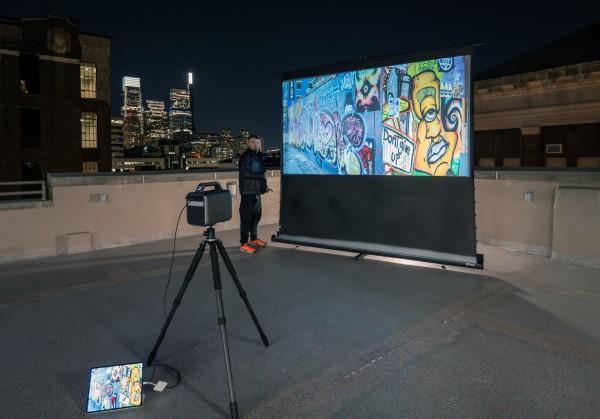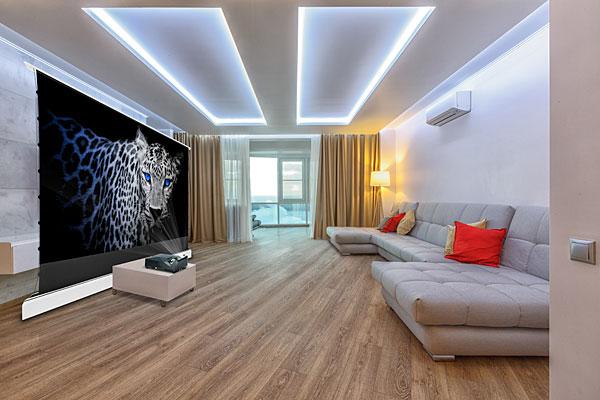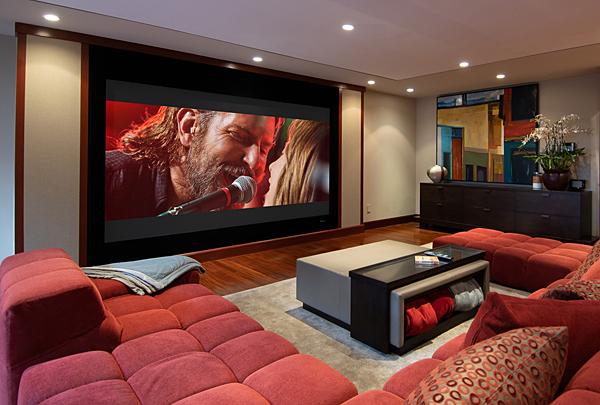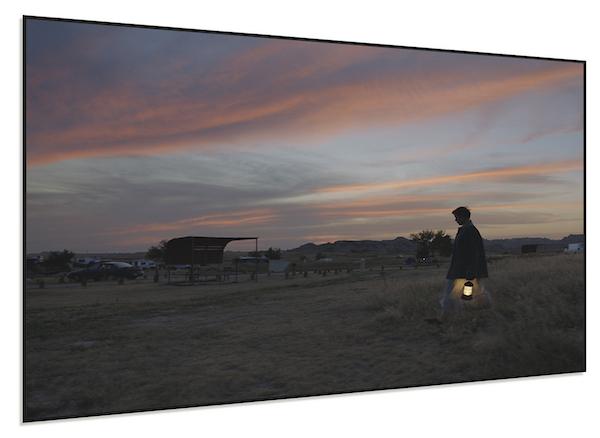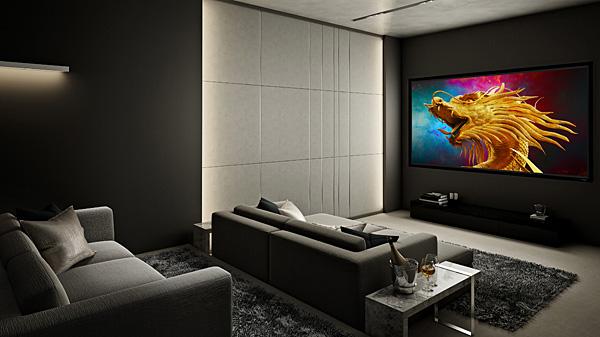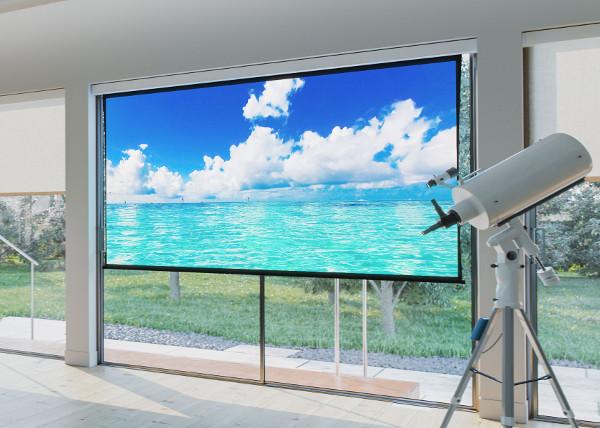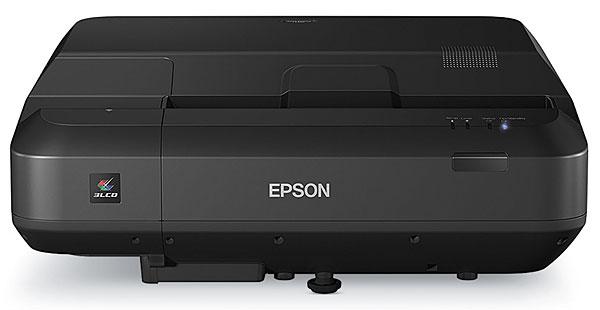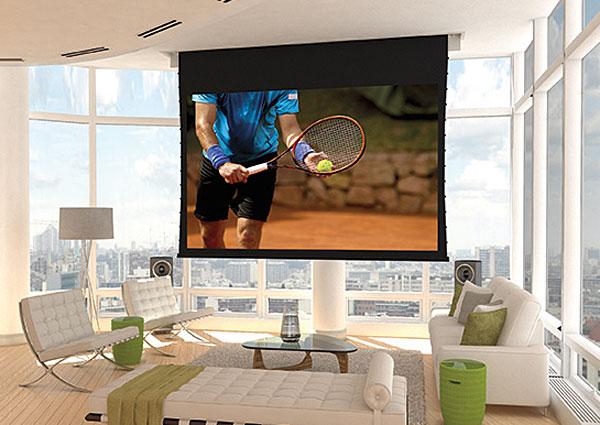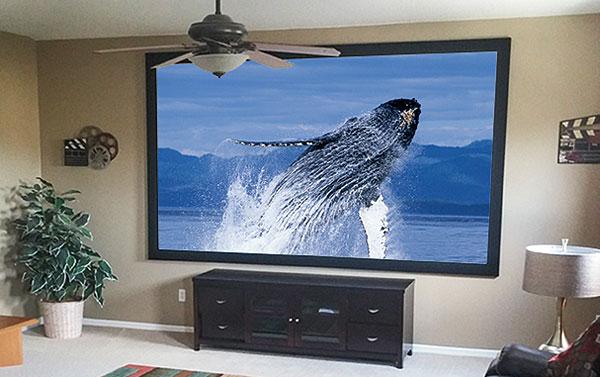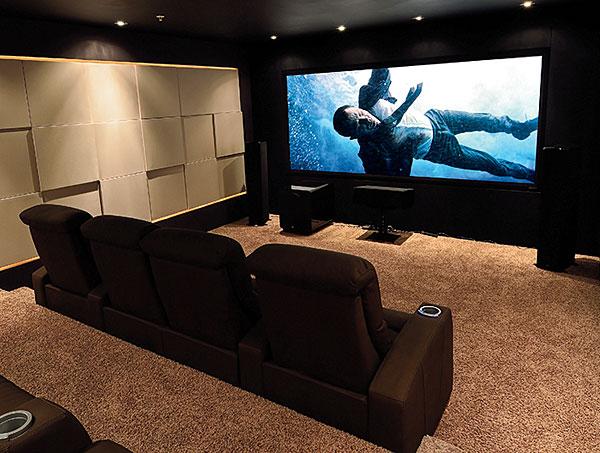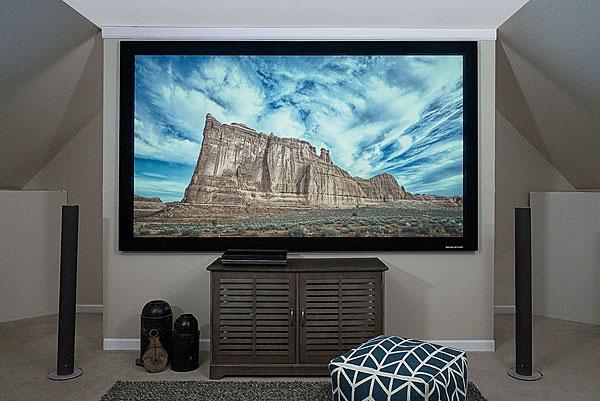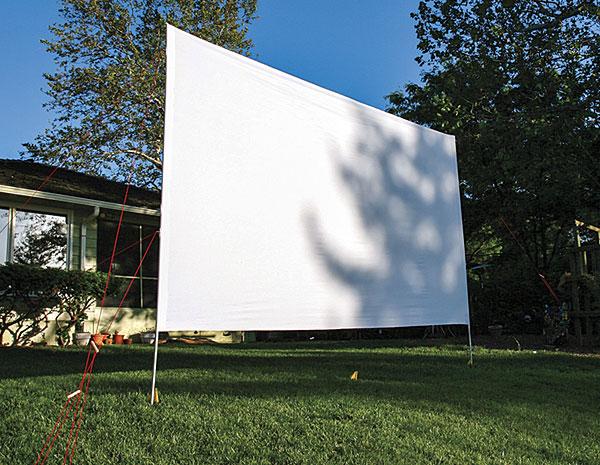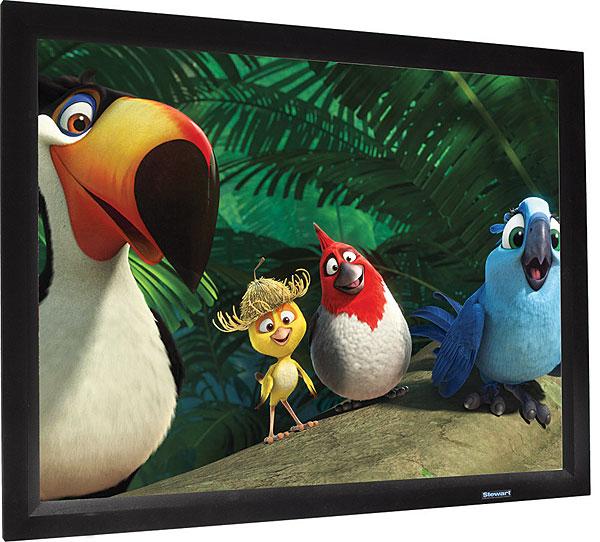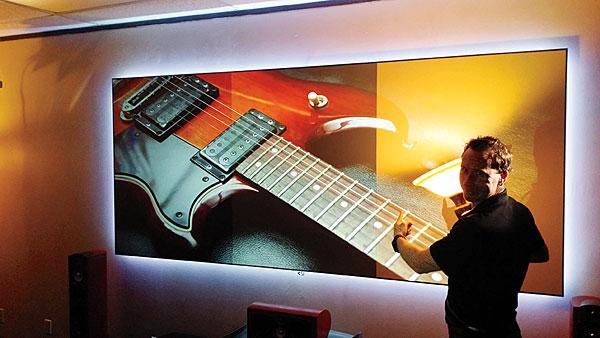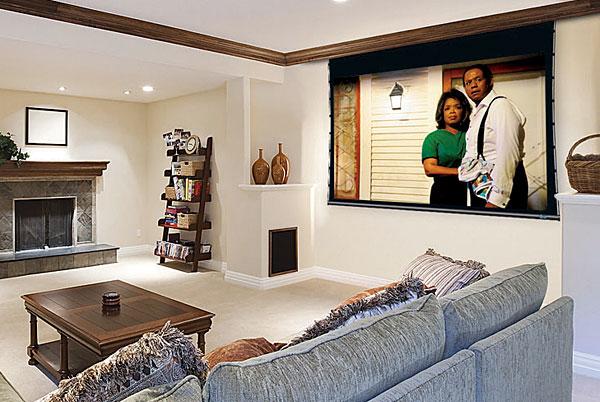Projection Screen Reviews
Sort By: Post Date TitlePublish Date
|
Apr 03, 2024 |
|
Jun 16, 2022 |
|
Aug 25, 2021 |
|
Aug 11, 2021 |
|
Apr 28, 2020 |
|
Nov 13, 2019 |
|
Jan 30, 2018 |
|
Oct 05, 2017 |
|
Mar 15, 2016 |
|
Oct 12, 2015 |
|
Jun 16, 2015 |
|
Oct 31, 2014 |
|
Sep 25, 2014 |
